As the days get colder and winter approaches, it's the perfect time to start planning your spring garden.
Planting bulbs now will ensure a stunning display of colorful blooms when the warmer weather returns.
With a little planning and some helpful tips, you can create a breathtaking garden that will be the envy of your neighbors.
In this article, you'll learn everything you need to know to create a beautiful bulb garden, from choosing the right bulbs to planting techniques and maintenance.
We'll also provide some top recommendations for bulbs that will provide stunning spring blooms and thrive in your specific garden conditions.
Get ready to spruce up your garden and usher in the spring season with vibrant, eye-catching flowers!
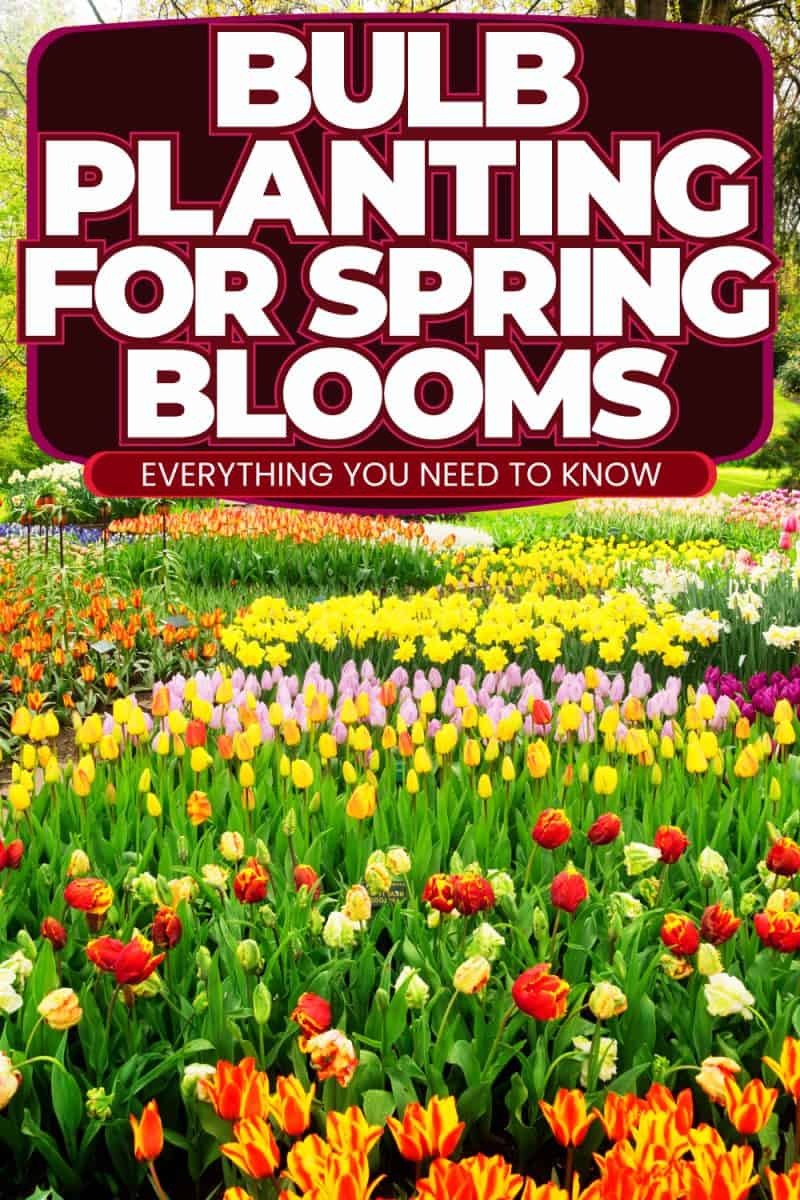
When to Plant Bulbs for Spring?
Planting bulbs at the right time is essential for beautiful spring blooms.
Generally, spring-flowering bulbs should be planted in the fall, as the bulbs need a period of cold dormancy to bloom properly.
The ideal time to plant bulbs for spring blooms is six weeks before the ground freezes when temperatures are cool but not freezing.
In the upper Midwest or similar regions, this would be from late September through mid-November.
Where Should You Plant Bulbs?
Selecting the right planting location is crucial for vibrant spring blooms.
First, consider the amount of sunlight your planting area receives. Most spring-flowering bulbs, like tulips and daffodils, thrive in full sunlight or partial shade.
However, some bulbs, like crocuses, can grow and bloom well in shadier spots as well.
You'll also need to pay attention to your soil's drainage. Bulbs require well-draining soil to prevent rot. To test your soil's drainage, dig a 6-inch hole and fill it with water.
If the water drains within an hour, it's suitable for planting bulbs. If it takes longer, you need to improve your soil's drainage by adding organic matter like compost.
Lastly, consider the visual impact when deciding where to plant your bulbs. Opt for clusters or drifts instead of straight rows for a natural, captivating display.
Mix various bulb types and bloom times for a diverse, extended spring show. Place taller bulbs at the back and shorter ones at the front for better visibility.
10 Bulbs to Plant for Spring Blooms
When planning for a blooming spring garden, numerous bulb options can transform your space.
Here are our top picks for bulbs to plant for colorful spring blooms.
Daffodils (Narcissus)
With their iconic yellow or white petals, daffodils announce spring's arrival with a burst of sunny color.

These hardy and dependable flowers, often called the harbingers of spring, thrive in various conditions and require minimal care.
Blooming in March and April, they bring a sense of renewal and hope as the gardening season begins.
Tulips (Tulipa)
Tulips, celebrated for their elegance and wide color palette, grace spring gardens with their iconic presence.

From rich reds to delicate pinks and pure whites, tulips offer various options for garden enthusiasts.
As they bloom in April and early May, they introduce a touch of sophistication and charm to landscapes, creating captivating displays.
Crocuses (Crocus)
With their delicate petals, crocuses are among the first to brave the transition from winter to spring.
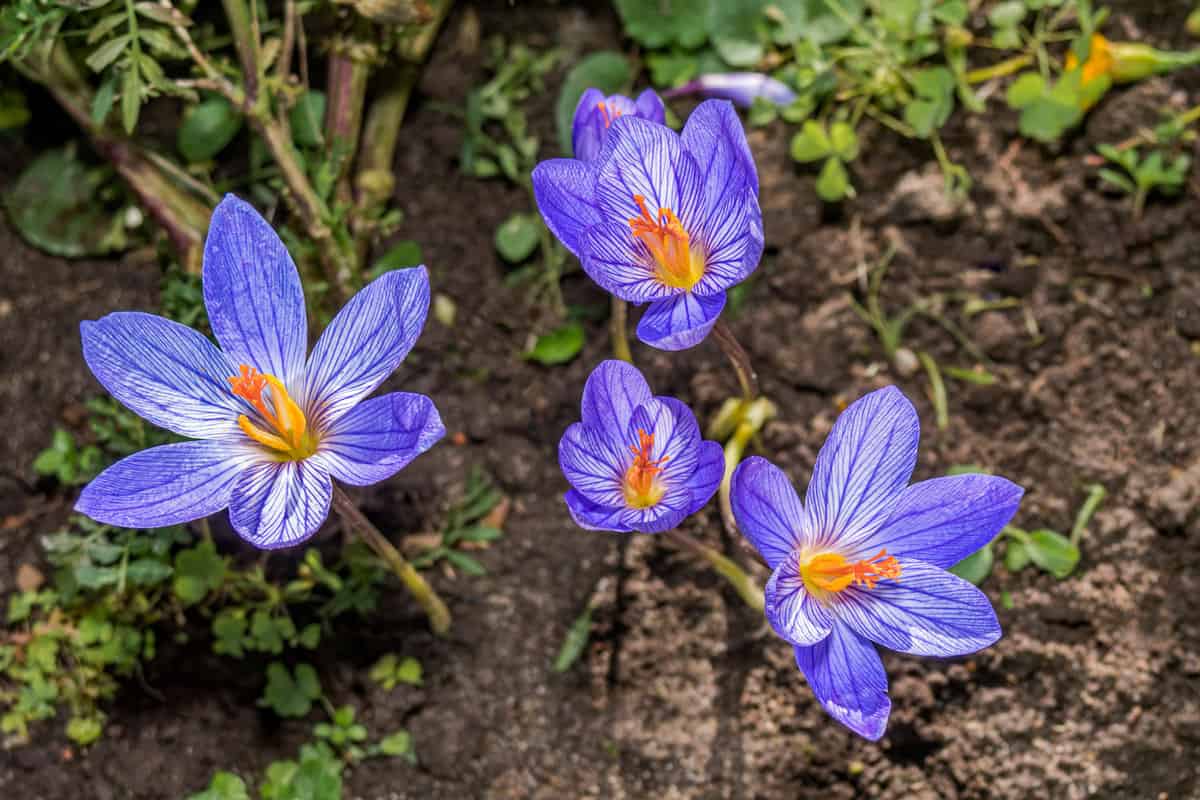
These modest yet charming blooms come in various shades, announcing the changing seasons with subtle beauty.
Emerging in February or March, they symbolize the resilience of nature and the promise of brighter days.
🪴 Learn more about growing Crocuses by reading: How And When To Plant Crocus Bulbs For Gorgeous Spring Flowers?
Hyacinths (Hyacinthus)
Fragrant and visually striking, hyacinths bring sensory delight to spring gardens.
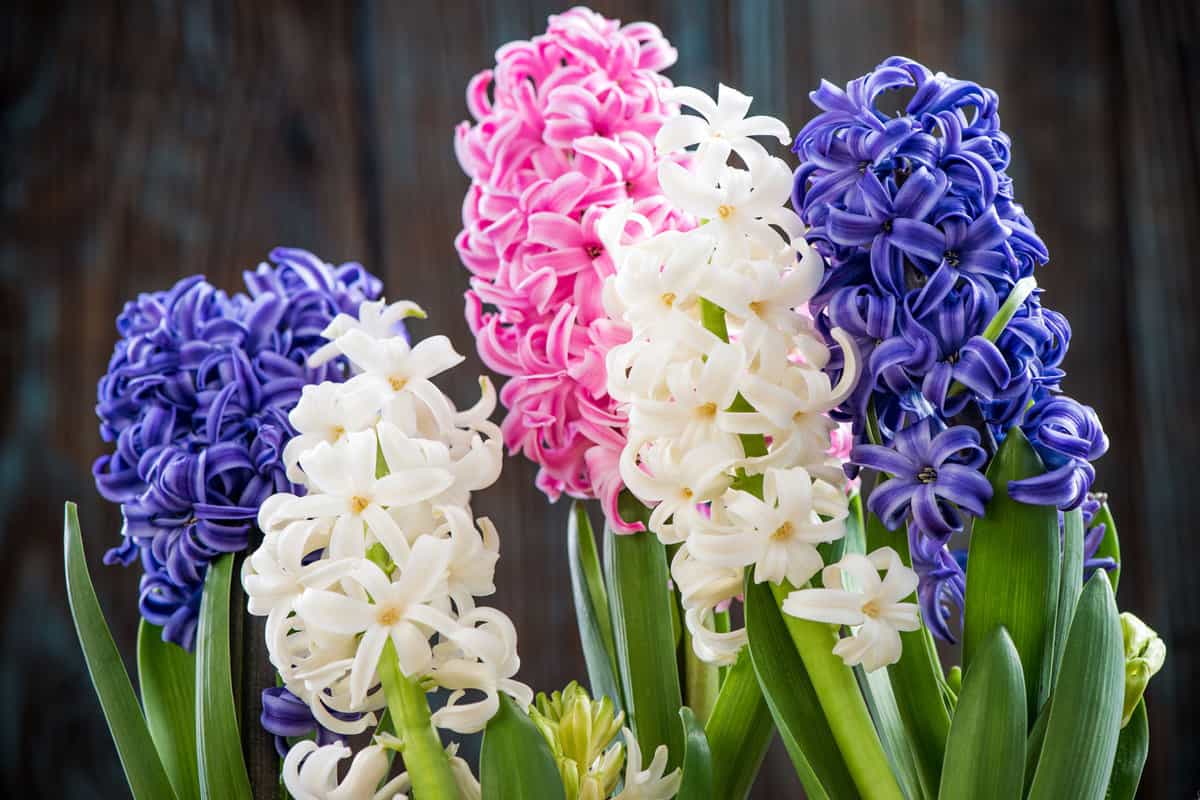
These blooms captivate the senses, whether in deep purples, vibrant pinks, or cool blues.
Blooming in March and April, they enhance visual appeal and infuse the air with their sweet scent, providing a multisensory garden experience.
Snowdrops (Galanthus)
Snowdrops, characterized by their simplicity and resilience, are the silent poets of early spring.
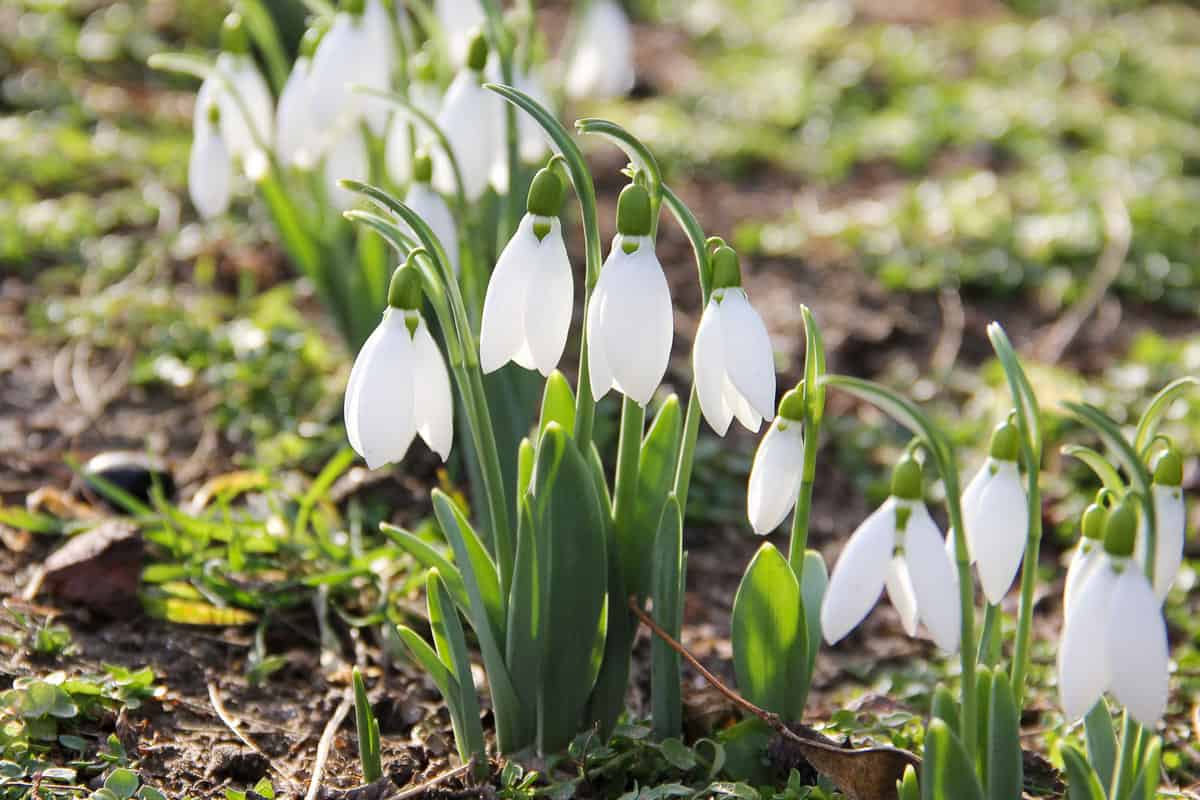
Emerging from beneath the snow's mantle, these dainty white flowers evoke wonder with their unassuming charm.
Typically appearing in February or March, they offer a gentle and refreshing start to the gardening season.
Iris (Iris reticulata)
With their intricate petals and vivid coloration, Iris plants bring an artistic touch to the early spring landscape.

These distinctive blooms resemble watercolor paintings on nature's canvas. Various Iris varieties unfurl their petals at different times, contributing a burst of artistic flair to the garden.
Muscari (Grape Hyacinth)
Muscari, commonly known as Grape Hyacinth, feature clusters of small blue or purple flowers that resemble grapes.
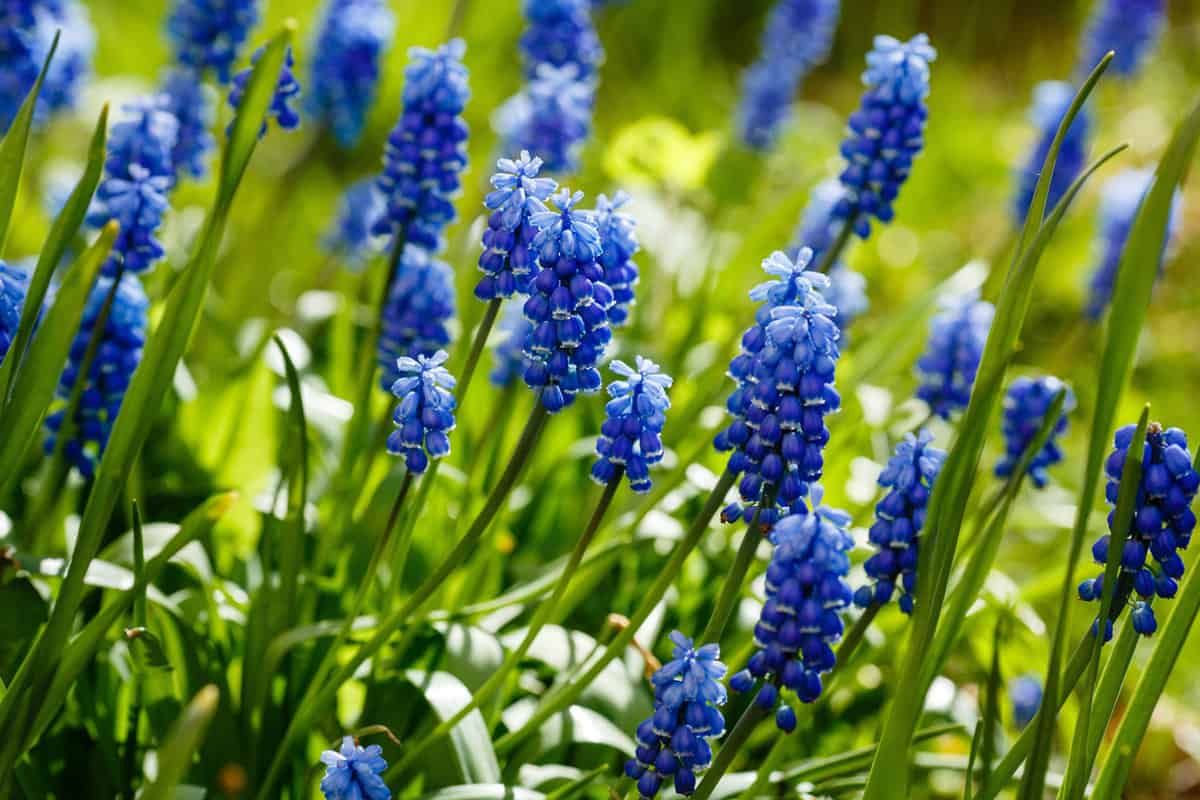
They typically bloom after crocuses, adding charm and depth to the garden.
Alliums (Ornamental Onions)
Alliums make a statement in the late spring garden with their tall spherical blooms.
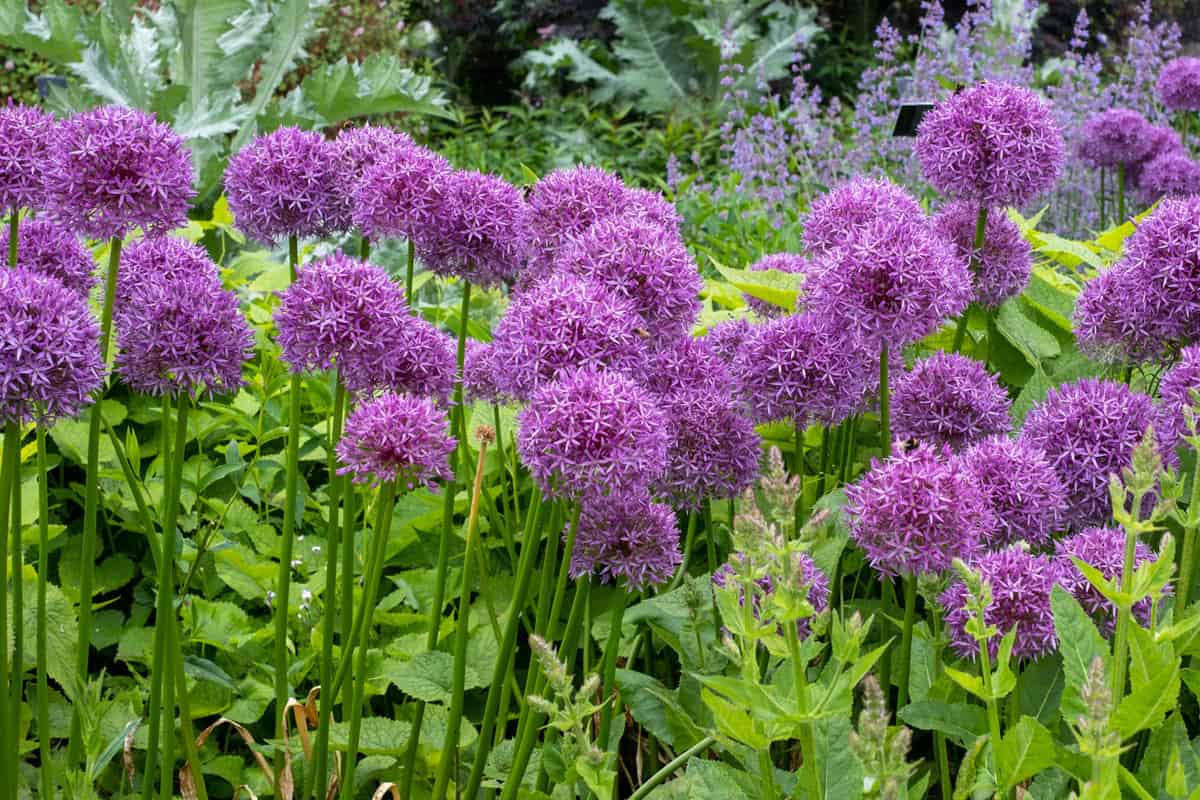
These hardy bulbs bloom in May and early June, bringing a touch of drama and architectural interest to the landscape.
Fritillaria (Fritillaria)
Fritillaria bulbs offer an exotic and intriguing presence in the garden.
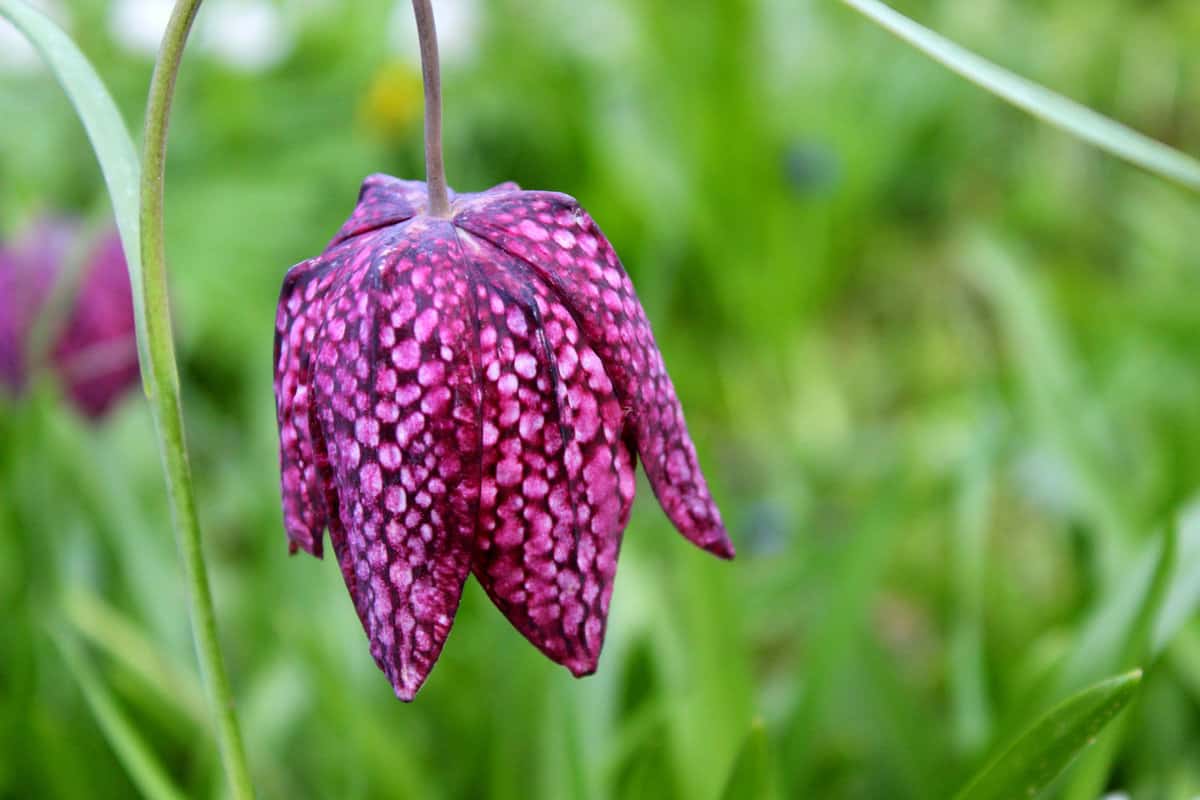
With their bell-shaped flowers displaying various hues, these blooms are mysterious and sophisticated.
While their blooming period varies by species, they add a touch of intrigue and charm to spring gardens.
Scilla (Scilla siberica)
Scilla, with its captivating blue flowers, often appears after the crocuses have had their moment in the sun.
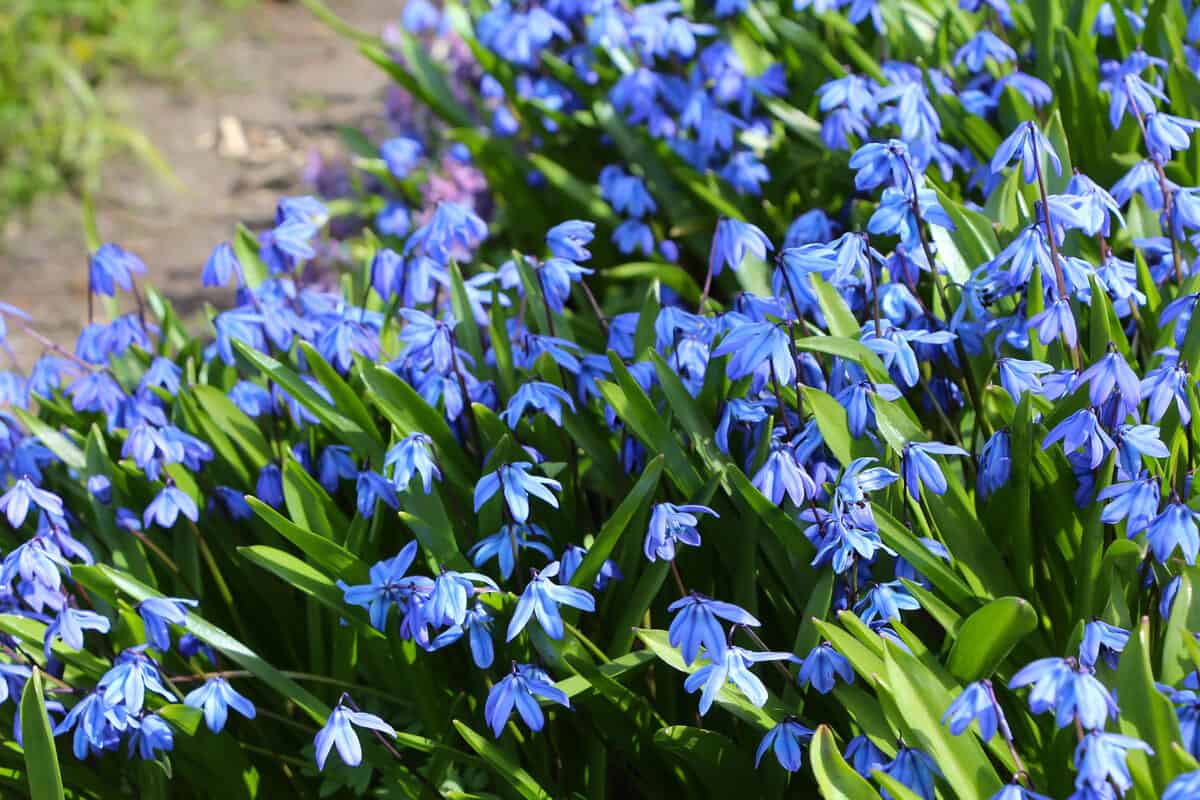
These charming blooms, resembling tiny stars, create a celestial ambiance in the garden, signaling the mid-spring awakening.
How to Choose Spring Bulbs
When selecting spring bulbs for your garden, consider factors such as bloom time, colors, and planting conditions.
Choose a variety of bulbs that will bloom at different times throughout spring to extend the display of color in your garden.
Additionally, select bulbs that are suited to your specific growing zone to ensure successful growth and blooming.
Research Bloom Times
Research the bloom time of various bulbs to create a continuous display of color.
Early spring bloomers include crocuses and daffodils, while mid-spring favorites are scilla and tulips.
Late spring bloomers, such as alliums, can extend the display into early summer.
Consider Color Selection
Consider the colors you want in your garden. Spring bulbs come in a wide range of colors, from subtle pastels to vibrant hues.
Select bulbs with complementary colors for a harmonious garden design, or opt for contrasting colors to create a bold, eye-catching display.
Assess Planting Conditions
Pay attention to the planting conditions required for each type of bulb. Some bulbs, like daffodils, are easy to grow and require minimal care.
Others, such as gladiolus, may need more attention to thrive.
Consider factors like sunlight requirements, soil type, and moisture needs when selecting bulbs for your garden.
Size and Height Considerations
Lastly, take into account the size and height of the bulbs you choose. Mixing various heights adds depth and interest to your garden.
Ensure that taller bulbs don't obstruct the view of shorter blooms by planting them toward the back of your garden bed and shorter bulbs at the front.
With this, you create a visually appealing spring display that showcases all your carefully chosen spring bulbs.
🪴 If you're looking to diversify your garden with beautiful trees in Spring, don't miss on 10 Trees With White Flowers In Springtime.
In Closing
As winter approaches and the days grow colder, it's the ideal moment to lay the groundwork for a vibrant spring garden.
By planting bulbs now, you can look forward to a stunning showcase of colorful blooms when warmer weather returns.
With a thoughtful approach and practical tips, you can craft a captivating garden that will undoubtedly catch the eye of your neighbors.
